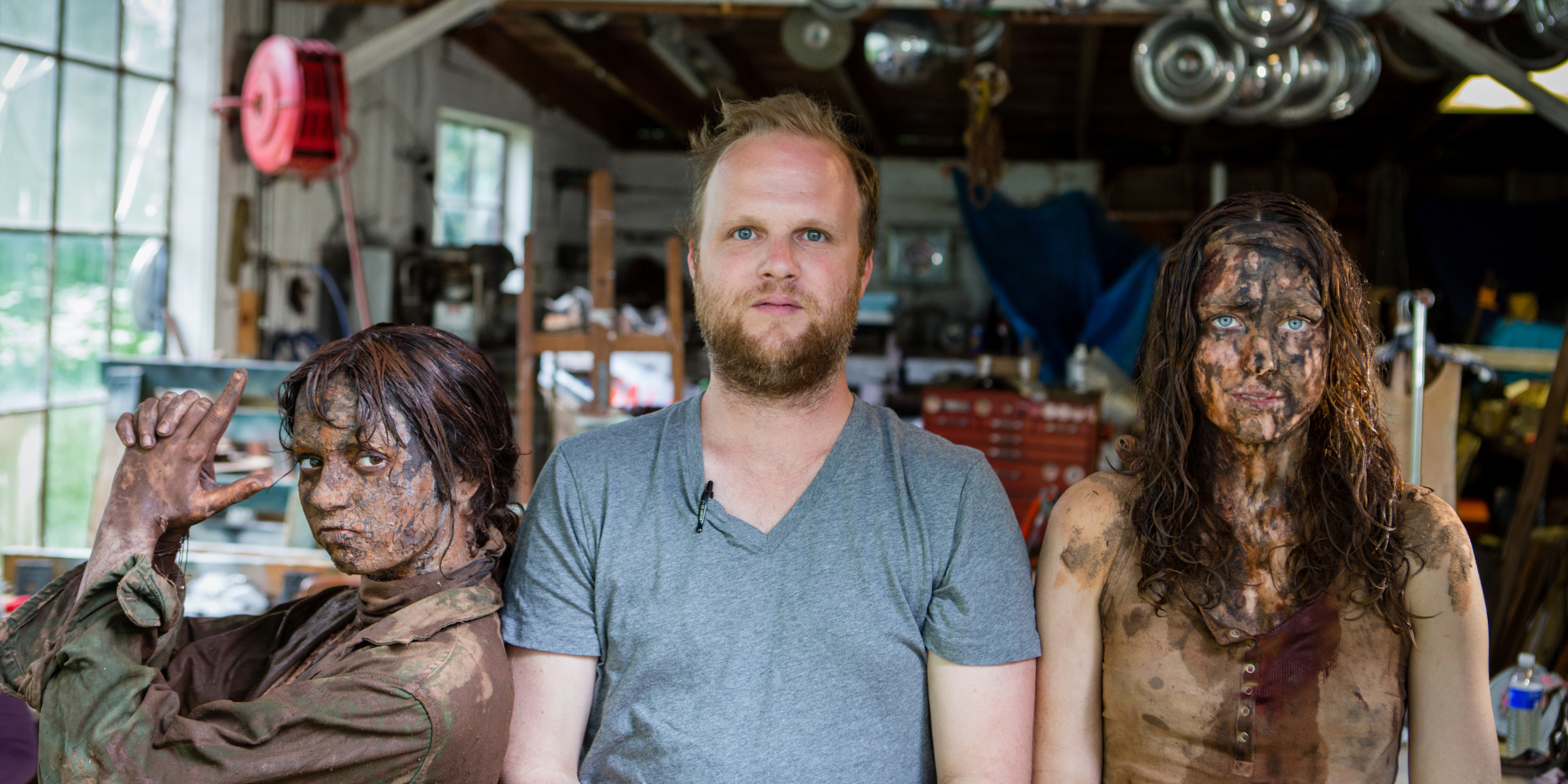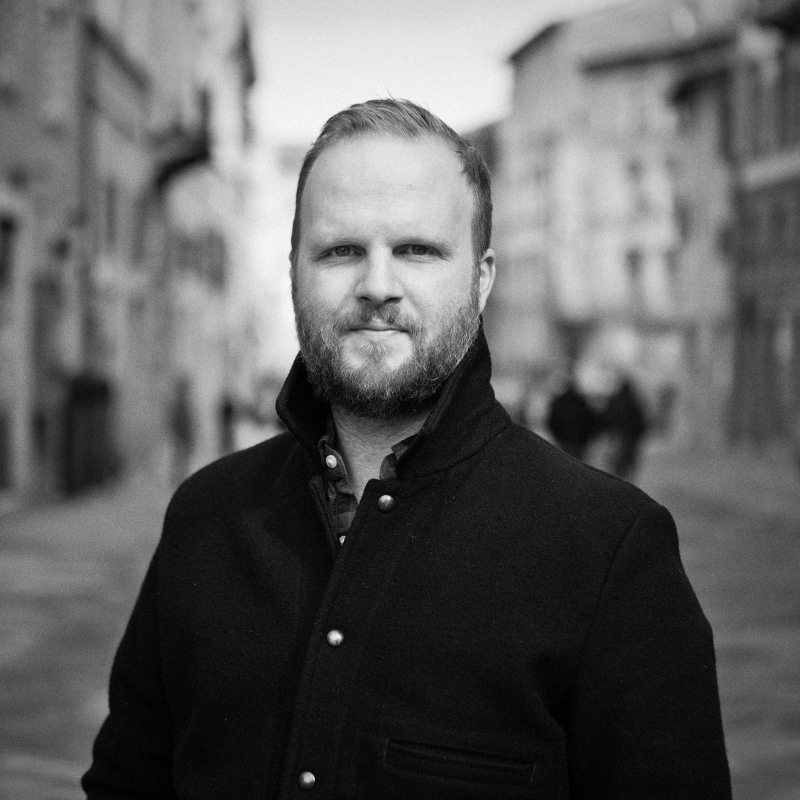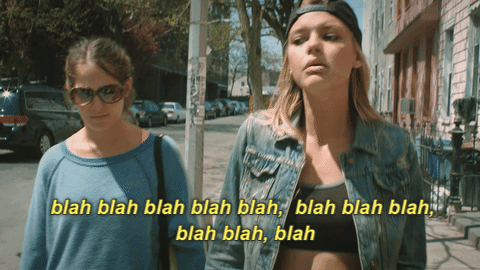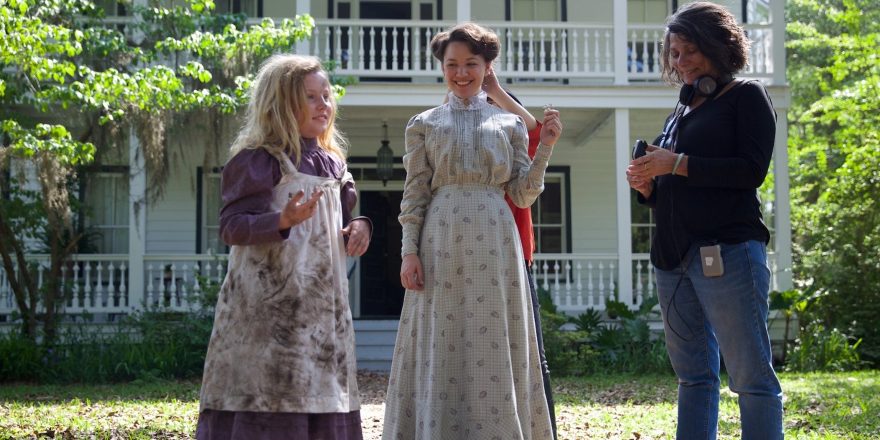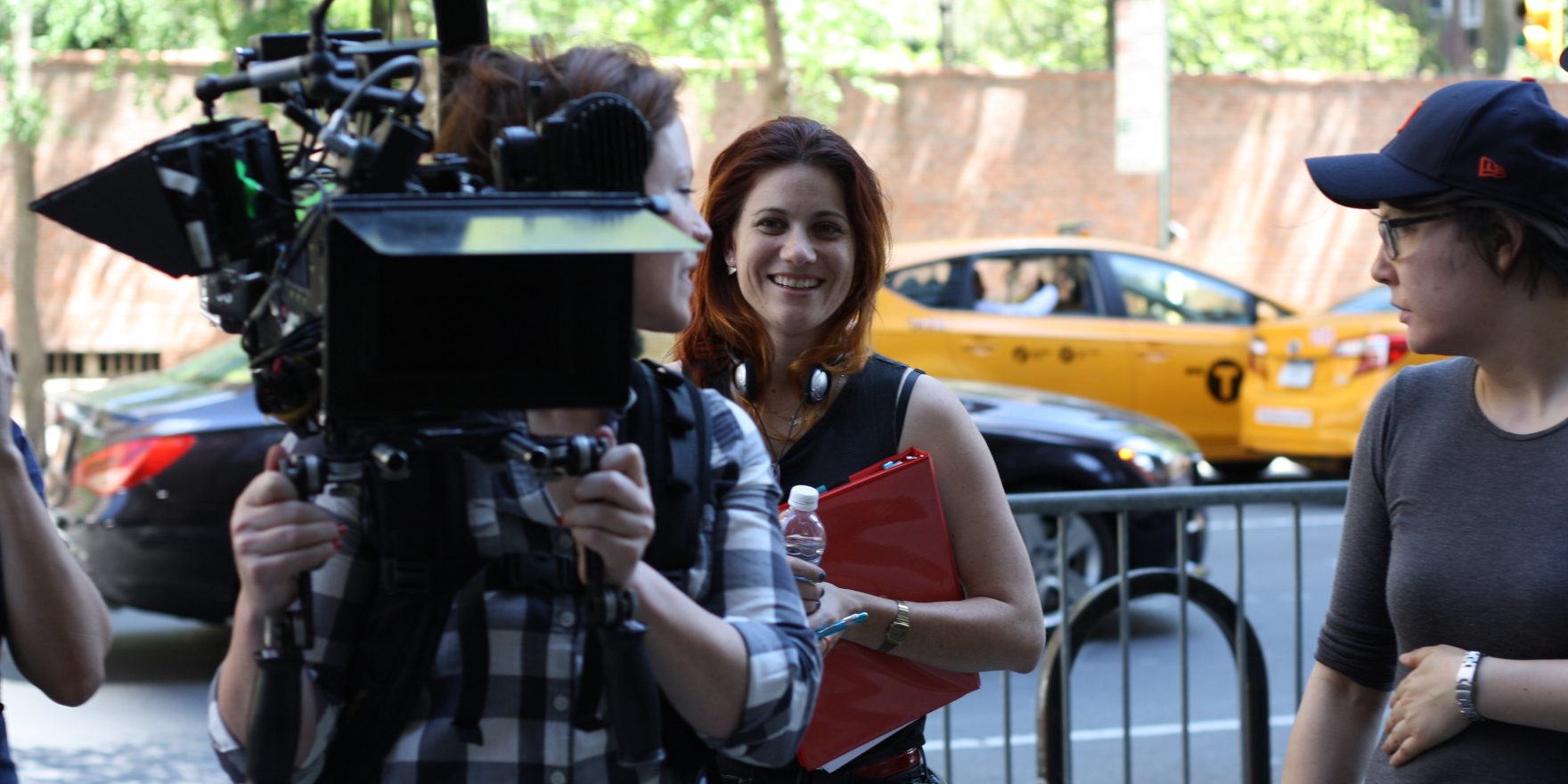Why is it so hard to make your first feature film? The simple answer is because there is a false economy designed by a small group of gatekeepers who have consolidated power behind arcane barriers to entry.
There has to be a better way for true outsiders to get their start. There needs to be a meritocratic way for truly independent filmmakers who don’t have access to celebrities, private wealth or film school alumni rolodexes to make their first feature film. Secondly, there needs to be an apprentice system in indie film where people send the elevator back down to help others get a lift up. Finally, we need to all recognize that these arcane “rules” don’t actually exist. That doesn’t mean we don’t need to be respectful of the people that created those “rules” — we just need to politely bypass the notion that we need to play by them.
In March of 2007, I interviewed for a spot in the NYU MFA film program. I sat in a large conference room, across a table from two professors and the dean of the MFA program. They proceeded to ask me a variety of questions — all of which I struggled to answer. It wasn’t until I walked out of the building that I realized all they were trying to do was assert their power and influence over the situation.
One of their questions saw them spread out a number of famous black-and-white documentary photographs. They asked me to pick a photo. They then told me that that image was the final frame of my new film — and told me I needed to describe to them both what my film was about, and why that image represented the final frame of the film. In that moment, I struggled to cook up some half-baked narrative and justification for that final frame. They told me I didn’t do a good job of explaining my film or the implications behind that final frame. What I should have said is, “I can’t answer this question. Making a film takes months, if not years. Granted, I understand what you’re trying to do. You’re forcing me to react the way I would have to react on set — by making a game-time decision in the moment — but here’s the thing, well before I got to this moment on set I would have been working on this image and narrative for such a long time that I would have a justification and reason for every single image in my film. Therefore, I cannot answer your question.”
This trio also asked me to describe a scene from a film I loved and asked me to talk about what’s happening in that scene from a thematic, character and narrative standpoint. I picked a scene from David Gordon Green’s film George Washington. After I professed my love for and interpretation of that scene, the trio told me I was wrong. Shocked, I muttered something about how art is subjective. What I should have said is, “If I’m wrong, I’d like to hire you and pay you to teach me what is right.”
I’m glad I didn’t respond. You don’t need to go to film school. Everything you can learn in film school you can learn by actually doing it — on set, collaborating. Spend your money developing your ideas and refining your process by actually creating art.
The lessons Aaron Keba says he learned in film school are lessons that everyone I know learned by just making movies. Regardless of where you learn them, they are valuable lessons.
But what I learned in that NYU MFA interview is that a small class of gatekeepers wants you to operate by some system of rules that they invented. Those rules only exist if you accept them and follow them. There’s no need to do that.
Since 2007, we’ve seen the democratization of film tools. But as my friend Josh “Bones” Murphy likes to say, “Michelangelo didn’t become famous because paintbrushes became cheaper.” Cheaper tools do not make a better filmmaker. Cheaper tools have merely made it easier to practice the art form. Even though the tools are less expensive, making a film is still an expensive venture. If you respect your collaborators, your cast and your crew, you still need to pay them. And in the end, your work still needs to speak for itself. So where do you begin?
In my experience, the most creative part of independent filmmaking is finding the money.
Richard Brody wrote the following about an address Joe Swanberg gave at the 2016 SXSW Film Festival:
“Swanberg’s importance as a filmmaker is to demonstrate that originality in direction is secondary to originality in production — that a rethinking of the material conditions of making films is, for an independent filmmaker, a more decisive break with the styles and modes of the industry at large than is a particular focus on one’s own artistic intentions. Discovering original ways to make do with the means at hand is, for a creative artist, itself a hallmark of art. Swanberg’s aesthetic freedom and spontaneity, as he details in his remarks, arise from his confrontation with the need to make a living at filmmaking, with the difficulty of finding money to make films. His drastic and decisive reconfiguration of the practical and organizational conditions of movie-making has been the key cinematic discovery of the past decade.”
Finding your creative collaborators — cinematographer, editor, composer, colorist, production designer, costume designer, etc. — are the easiest of the challenges you’ll face. Your prior work, your reputation and your experience speak for themselves when finding your creative collaborators. This might be the only part of the filmmaking process that is truly a meritocracy. When it comes to creating work that is well crafted and has something to say, results matter — not how you talk about it.
We all know that film investing is a risk. As a potential first-time feature director, you’re a risk. Even with an extensive resumé and a pile of metrics, accolades and references, it’s safer for someone to put their $1 million into a known entity. So where do you take your low-cost tools of production, turnkey operation, team of collaborators and resumé, to raise money and find producers?
There is no amount of background, resumé material, experience, metrics, personality or positive preceding reputation that determines whether or not you’ll ever get a chance. It’s all a popularity contest; luck and jackpot culture. Wes Anderson credits a chance meeting with a wealthy producer as the strike of lightning that allowed him to make his first feature film.
Whether or not you get the opportunity to make a feature film should not be predicated on whether or not you are privately wealthy (or have a wealthy benefactor), or if you know someone famous. Because in the end, to sustain a career, all that does matter is whether or not you were able to make a powerful, original film. At that point in the filmmaking process everything becomes meritocratic — so there should be a meritocratic way to earn that first filmmaking opportunity.
Plenty of popular people make first films that never find an audience past their Sundance premiere. Plenty of popular people don’t have discernible track records and portfolios of work before making their first feature film, and don’t have careers after making their first feature film. So short of standing around waiting for lightning to strike, how can you do this yourself with the gatekeepers and arcane barriers to entry in the way?
Well, here are some suggestions:
1. Seek out an apprenticeship or a mentor. In 2012, my short film Would You starring Dave Franco and Christopher Mintz-Plasse played the SXSW Film Festival. I met David Gordon Green for all of two minutes at a social event but in that time he gave me his email address and over the following years we started talking. I know he’s a busy filmmaker and father — so I try not to bug him often, but when I do have a question he’s generous with his time and counsel.
Find a way to connect with someone you respect. Be considerate of their time. Be respectful and show them you can be trusted. And if you make it, remember to send the elevator back down because someone else needs a lift up.
2. Set your ego aside. I meet (read: have to work with) far too many individuals who have an inflated idea about themselves, their work or their capabilities. Too many people approach filmmaking from the “what do I want?” mentality instead of “what does this film need?” To be a good collaborator, you need to be selfless and to recognize when someone else’s idea is better than yours and then how to implement that adjustment into the machine you’re trying to build.
Approach your process always from “what does this film and narrative need?”
3. Be able to handle criticism. Screenwriter Josh Olson (A History of Violence) wrote a very profanity-laden article about this in 2009 for the Village Voice.
You need to be able to recognize where you fit on the filmmaking spectrum.
I receive frequent emails from filmmakers asking me to either critique their work, or share their work with other people. I typically respond asking people if their work is the quality and caliber of cinema that could be seen in a movie theater, or on the Vimeo Staff Picks channel. Remember Ira Glass talking about “the gap?” Your work will reach a certain point where someone will send the elevator back down — you have to just know when that moment is.
4. Communicate and be kind. Respond to every email and phone call. Take the time to reply to every comment your short films receive on Vimeo or YouTube. Thank people for taking the time to talk with you. This probably sounds like a given, but you’d be surprised how many people (with egos, see above) don’t take the time to do this. Too many people in this industry think that everything revolves around them. Your reputation is everything and it matters how you treat everyone in a room, especially the little guys.
(See Keanu Reeves for inspiration.)
5. Recognize the intersection of art and commerce. Making movies is a business — which is why Hollywood turns out sequels of sequels. Algorithms and data have predicted margins of returns, and then films are made based on that information.
Part of your job as a filmmaker is to find that thin line that exists between art and commerce. Know the audience you’re making your film for. Your ability to produce a film that makes even a modest return will prove that you understand the business of making films.
If you can craft a story that (1) has an audience in mind from the minute you conceive the idea and (2) is made in a way for you to be able to recoup your costs and pay your investors back, you will prove to the gatekeepers that you understand and respect their requirements.
But here’s the most important advice of all: Ignore everything I just said and do it your own way. Remember, the only way anyone ever made it in any industry is by making their own way, calling bullshit, not taking no for an answer and pushing through the muck. Hollywood doesn’t want to let you in the party because they’re afraid of you and the way you want to do things. So, like my producing partner Noah Lang says, find your way inside the castle, put on the best mixtape ever, turn the volume up to 11 and make everyone forget why they forgot to invite you in the first place.



